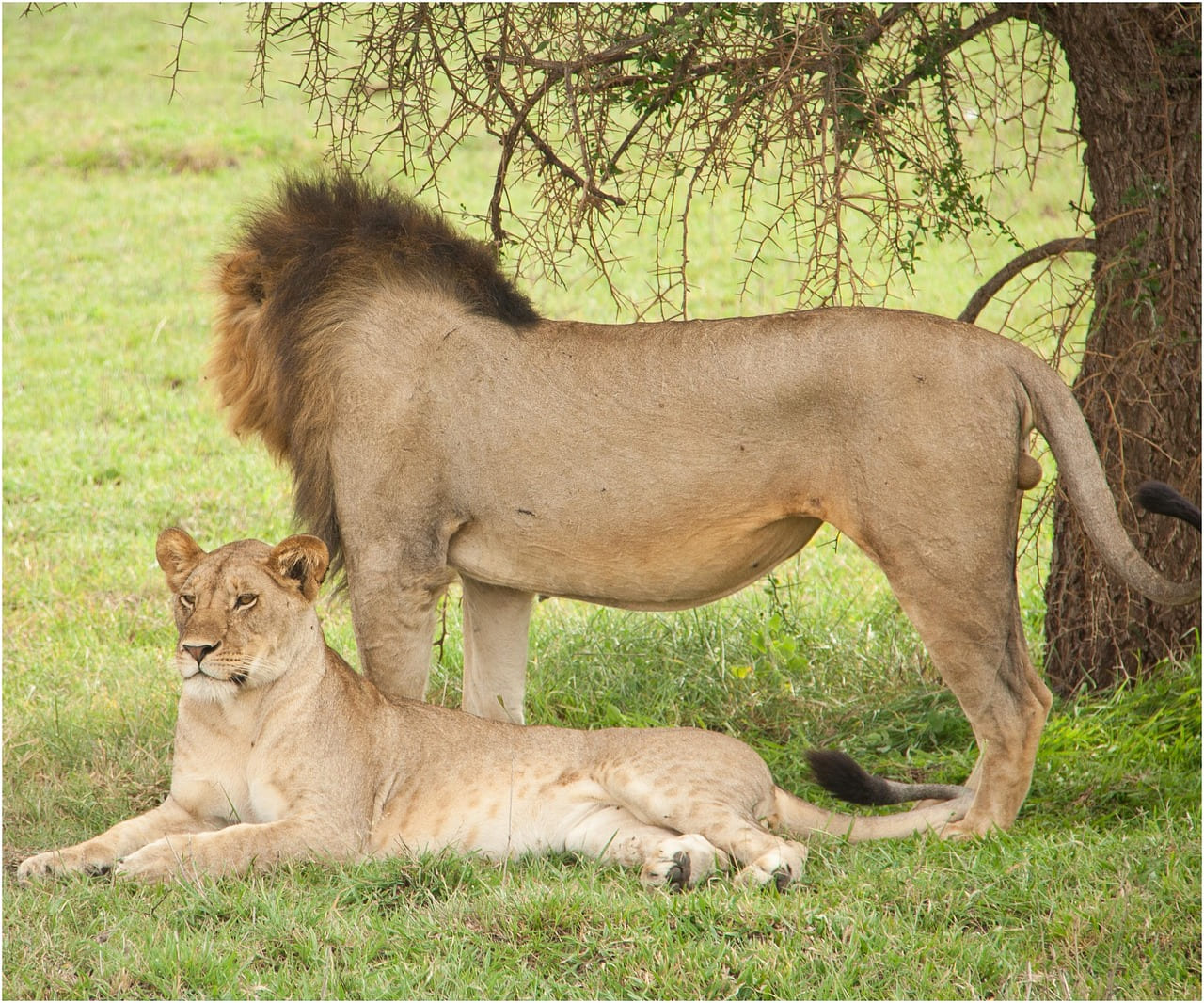- Call: +9173478919817
- Email: [email protected]
- Address: GJ2X+MRF, Parna, Madhya Pradesh 346831, India
History

Birds of Prey: Nature’s Aerial Hunters
Birds of prey, also known as raptors, are some of the most powerful and majestic creatures in the animal kingdom. With keen eyesight, sharp talons, and strong beaks, these birds are built for hunting and are at the top of their food chain. Zoos provide an opportunity to observe these incredible hunters up close and learn about their role in the ecosystem, as well as the conservation challenges they face.
Eagles are among the most iconic birds of prey, known for their strength and soaring flight. The bald eagle, for example, is a symbol of strength and freedom in the United States. With wingspans that can reach up to 8 feet, eagles are capable of spotting prey from miles away and swooping down at incredible speeds to catch their food. Zoos often highlight the conservation success story of the bald eagle, which was once on the brink of extinction due to pesticide use but has since recovered thanks to protective legislation and conservation efforts.
Owls are nocturnal hunters with extraordinary hearing and vision, allowing them to locate prey in complete darkness. Their silent flight gives them an edge when hunting small mammals like mice and voles. Owls are often featured in zoo education programs, where visitors can learn about their adaptations for nighttime hunting and the importance of preserving forest habitats that are crucial for their survival.
Falcons and hawks are known for their agility and speed, with the peregrine falcon holding the title of the fastest animal on Earth, capable of reaching speeds over 200 miles per hour in a dive. Zoos and wildlife centers often showcase falconry demonstrations, where visitors can watch these birds in action. These shows not only demonstrate the birds' hunting prowess but also educate the public on the importance of conservation programs that protect raptor species from threats like habitat loss and pesticide poisoning.
Birds of prey play a critical role in controlling the populations of small mammals, rodents, and other animals, helping to maintain the balance of ecosystems. However, many species are endangered due to habitat destruction and human interference. Zoos are essential in both educating the public about these majestic birds and participating in breeding and rehabilitation programs to ensure their survival.
